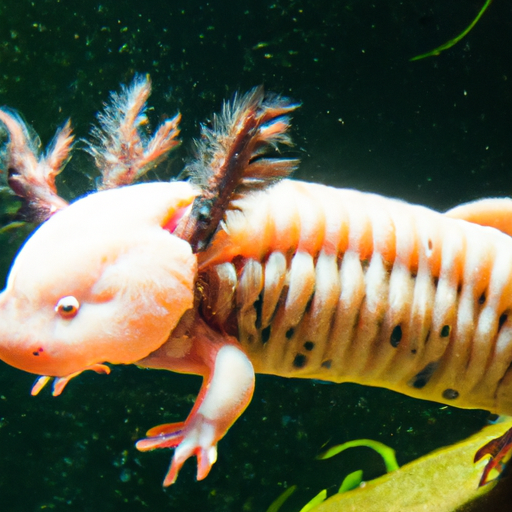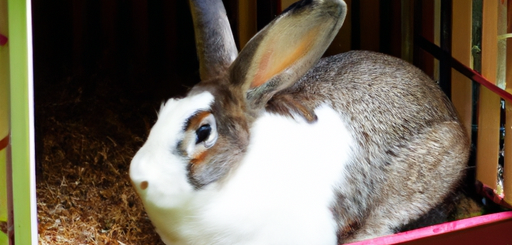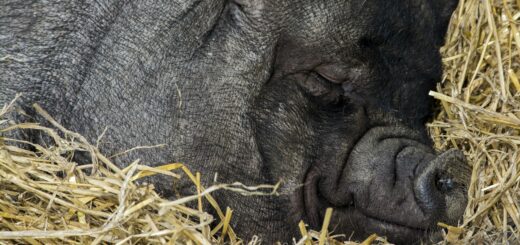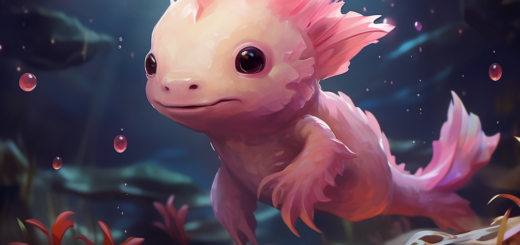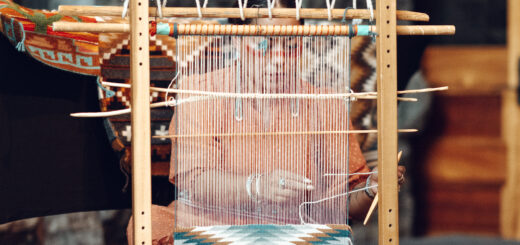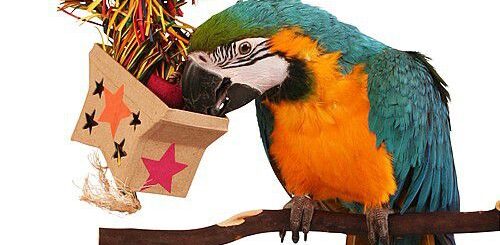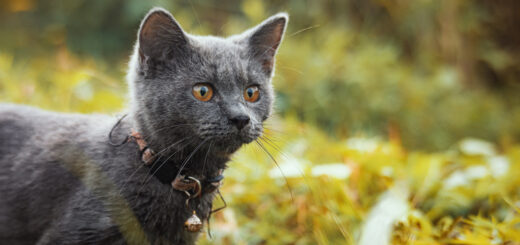Axolotl Colors And Varieties: Exploring The Fascinating World Of Axolotl Morphs
Get ready to be amazed by the incredible range of colors and varieties found in the captivating world of Axolotl morphs. From vibrant blues and yellows to striking patterns and unique color combinations, Axolotls are truly a sight to behold. Dive into this article as we uncover the endless possibilities and stunning beauty that can be found within this fascinating species.
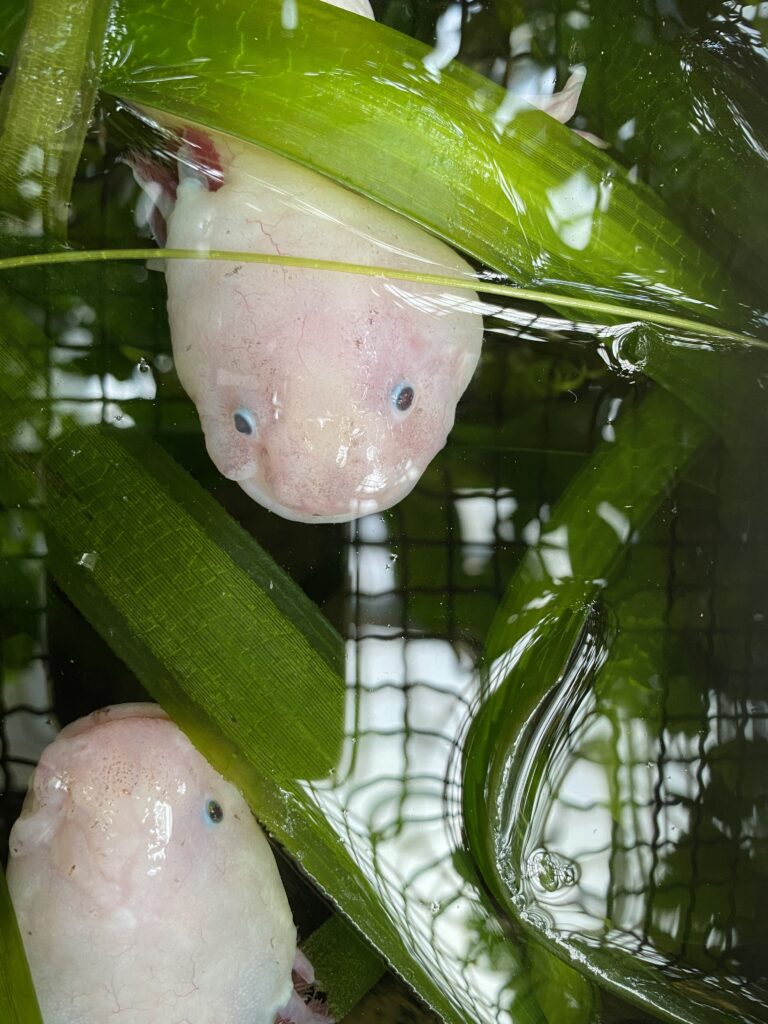
This image is property of images.unsplash.com.
Overview of Axolotls
Introduction to axolotls
Axolotls are unique and fascinating aquatic creatures that belong to the amphibian family. Native to Mexico, these incredible animals have gained popularity as pets due to their striking appearance and captivating behaviors. Axolotls are commonly known as Mexican walking fish, although they are not fish but rather salamanders that retain their juvenile characteristics throughout their lives.
Axolotls as pets
Axolotls have become increasingly popular as pets around the world due to their unusual appearance and ease of care. These creatures are relatively low-maintenance and require a simple aquatic setup with clean water, appropriate temperature, and hiding places. Axolotls can thrive in a wide range of water conditions, which makes them suitable for both beginner and experienced pet owners.
Importance of axolotl morphs
One of the most fascinating aspects of axolotls is the incredible variety of colors, patterns, and morphs they exhibit. Axolotl morphs are the result of genetic and environmental factors, as well as selective breeding. The diverse range of colors and patterns seen in axolotls adds to their allure and sparks the interest of enthusiasts, breeders, and researchers alike.
Natural Colors of Axolotls
Wild-type Axolotls
The wild-type axolotls serve as the baseline coloration for this captivating species. These axolotls exhibit a dark, almost black, body with flecks of gold or white throughout. This natural coloration provides them with excellent camouflage in their native habitats, predominantly in lakes and canals of Mexico.
Leucistic Axolotls
Leucistic axolotls are prized among enthusiasts for their stunning white or pale pink skin and red gills. These axolotls lack almost all pigmentation, making them appear almost albino. Despite their lack of color, leucistic axolotls showcase beautiful and delicate features unique to their morph.
Melanoid Axolotls
Melanoid axolotls display a relatively uniform black or dark gray coloration throughout their entire body. They lack the characteristic gold or white flecks seen in wild-type axolotls. This absence of gold or white pigmentation results in a strikingly dark appearance, which many axolotl enthusiasts find appealing.
Golden Axolotls
Golden axolotls are known for their vibrant and eye-catching yellow or golden coloration. These axolotls possess a stunning pigmentation that ranges from pale gold to deep yellow tones. The golden morph is highly sought after by axolotl enthusiasts due to its vibrant and radiant appearance.
Albino Axolotls
Albino axolotls are arguably the most well-known and iconic morphs among these captivating creatures. With their pale pink or white skin, light-colored eyes, and translucent gills, albino axolotls are instantly recognizable. These morphs lack melanin production, resulting in their characteristic pale coloration.
Uncommon Colors and Patterns of Axolotls
GFP Axolotls
GFP (Green Fluorescent Protein) axolotls are a recent addition to the fascinating world of axolotl morphs. These axolotls possess a unique gene that allows them to emit a green fluorescent glow when exposed to certain lighting conditions. The vibrant green fluorescence adds a mesmerizing and otherworldly aspect to these already captivating creatures.
Piebald Axolotls
Piebald axolotls exhibit a distinctive piebald pattern with irregular patches of white or pale skin on a background of their natural wild-type coloration. This striking pattern variation sets them apart from their counterparts and adds an element of uniqueness to their appearance.
Axanthic Axolotls
Axanthic axolotls showcase a unique absence of yellow pigmentation, resulting in a predominantly black and white coloration. These axolotls lack the vibrant yellow tones seen in wild-type and golden morphs, making their appearance more subtle and monochromatic.
Copper Axolotls
Copper axolotls feature a stunning metallic copper coloration that sets them apart from other morphs. The shiny and reflective nature of their skin gives them an almost iridescent appearance, creating a captivating and mesmerizing sight.
Chimera Axolotls
Chimera axolotls are extremely rare and highly sought-after among axolotl enthusiasts. These axolotls exhibit a unique and eye-catching mosaic pattern due to their genetic makeup. The mosaic pattern can result in patches of different colors across their body, creating a truly awe-inspiring visual spectacle.
Axolotl Morphology
Salamander or fish?
Often referred to as Mexican walking fish, axolotls are actually amphibians and not fish. Despite their external gills and aquatic lifestyle, axolotls are part of the Salamandridae family, which includes salamanders and newts. This unique combination of features makes axolotls a fascinating bridge between amphibious and fully aquatic creatures.
Axolotl physical characteristics
Axolotls possess a distinct and captivating appearance that sets them apart from other amphibians. They have a long and cylindrical body, feathery external gills, a wide mouth, and lidless eyes. Their skin is smooth and soft to the touch, and they have a flat head with a small, almost permanent smile. These physical characteristics contribute to their endearing and unique charm.
External gills and regenerative abilities
One of the most distinguishing features of axolotls is their external gills, which resemble delicate fronds protruding from the sides of their head. These gills not only allow axolotls to breathe underwater but also play a crucial role in their regenerative abilities. Axolotls have the remarkable ability to regenerate their limbs, spinal cord, heart, and other body parts, making them a subject of great interest for scientific research.
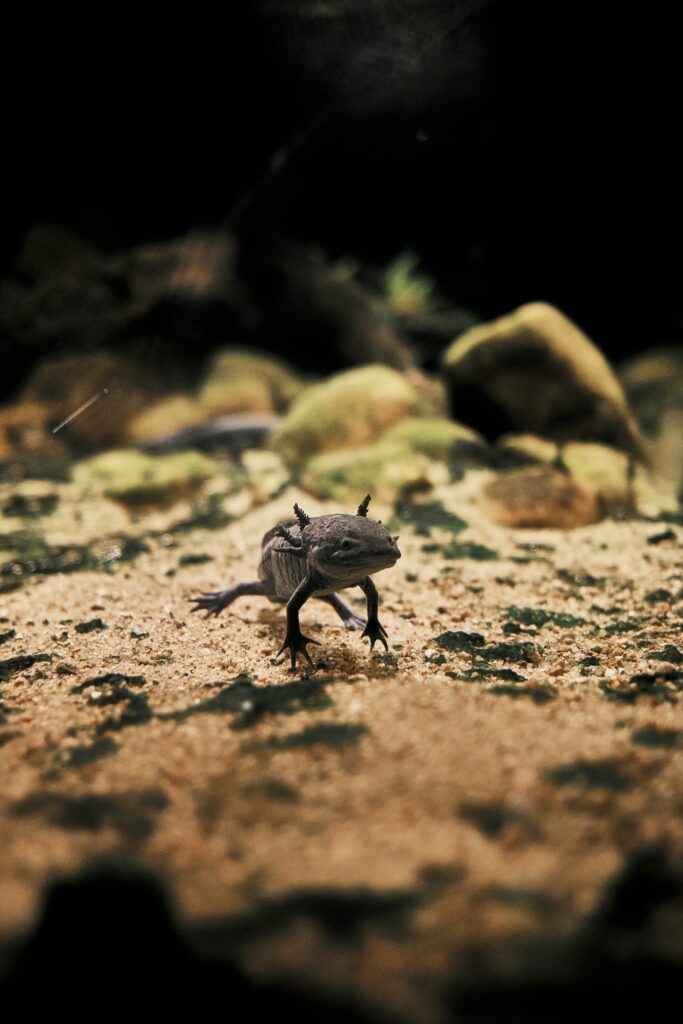
This image is property of images.unsplash.com.
Causes of Axolotl Color Variety
Genetic factors
The wide array of colors and patterns seen in axolotls is primarily determined by their genetic makeup. Specific genes control the production of pigments responsible for different color variations. Mutations or variations in these genes can give rise to the diverse range of colors and patterns observed in axolotls.
Environmental factors
While genetics play a significant role in determining axolotl coloration, environmental factors can influence the expression of these genes. Water temperature, pH levels, diet, and overall health can all impact the intensity and appearance of an axolotl’s colors. Providing optimal environmental conditions is essential for allowing axolotls to exhibit their full color potential.
Selective breeding
Selective breeding is another significant factor contributing to the wide variety of axolotl colors and patterns available today. Breeders have been able to selectively mate axolotls with specific color traits in order to produce offspring with desired morphs. By carefully selecting and pairing axolotls based on their color genetics, breeders can produce offspring with more vibrant or unique colorations.
Axolotl Breeding and Morph Development
Breeding techniques
Breeding axolotls requires careful planning and consideration to ensure successful reproduction. Breeders often create controlled environments with proper water conditions and temperature fluctuations to simulate the natural breeding season for axolotls. Some breeding techniques involve the use of hormone injections to induce mating behavior in axolotls.
Inheritance patterns
The inheritance of axolotl colorations follows specific patterns that can be predicted through genetic analysis. By understanding the inheritance patterns of different color genes, breeders can make informed decisions when pairing axolotls to produce desired morph variations. This knowledge allows breeders to selectively breed axolotls with specific traits and work towards creating new and unique colorations.
Color variations in offspring
When two axolotls with different color traits are bred, their offspring can exhibit a combination of colors inherited from both parents. This can result in a wide range of color variations within a single clutch of axolotl larvae. The variety seen in offspring allows breeders and enthusiasts to continuously explore and discover new and exciting color combinations.
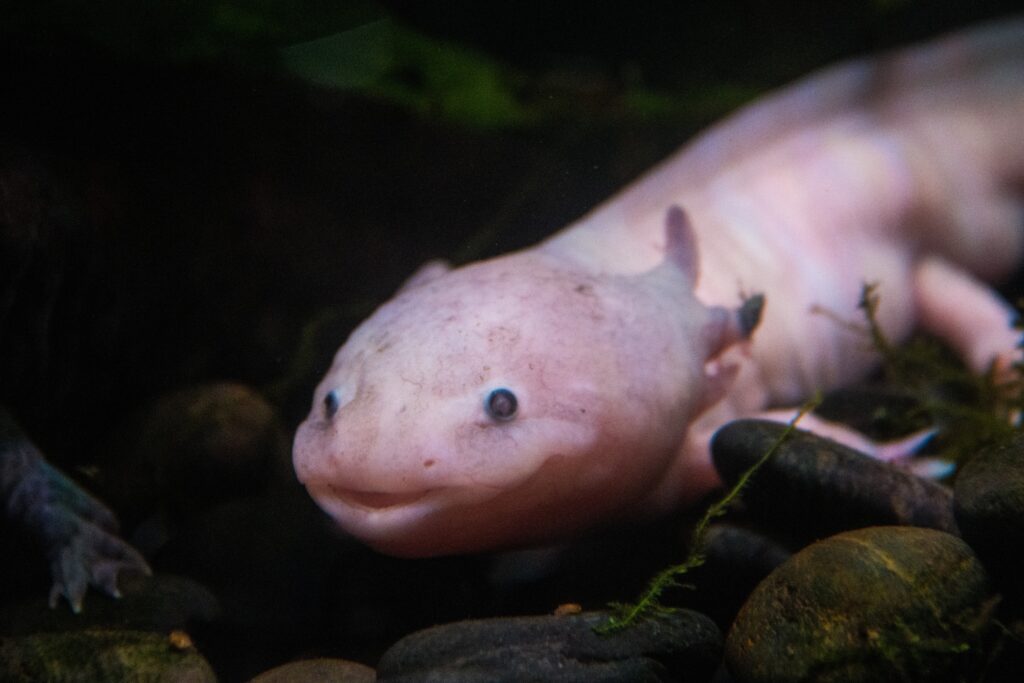
This image is property of images.unsplash.com.
Rare and Mutated Axolotl Morphs
Axolotl color mutations
Color mutations occur when there is a genetic variation that alters the production or distribution of pigments in axolotls. These mutations can result in unique and rare colorations not typically observed in wild-type axolotls. Examples of color mutations include the striking blue axolotls and the stunning purple or lavender morphs.
Axolotl pattern mutations
Pattern mutations in axolotls often involve alterations in the arrangement or distribution of pigments, resulting in distinct and eye-catching patterns. Some pattern mutations include harlequin axolotls with a marbled or dappled appearance and the strikingly patterned axolotls with spots or stripes.
Axolotl size mutations
Axolotls can also exhibit size mutations, where certain individuals grow larger or smaller than the typical size range for the species. Giant axolotls are examples of size mutations, growing significantly larger than the average axolotl. Conversely, dwarf axolotls remain smaller in size but retain all the characteristic features of their larger counterparts.
Axolotl limb mutations
Limb mutations occur when axolotls possess abnormal limb development or variations in the number of limbs. Axolotls with extra limbs, such as those with six or seven legs, are rare examples of limb mutations. These unique individuals captivate enthusiasts with their unusual and intriguing physical traits.
Axolotl Morph Market and Trends
Growing popularity of axolotl morphs
Axolotl morphs have gained immense popularity in recent years, attracting the attention of animal enthusiasts and hobbyists worldwide. The unique colors, patterns, and morphological variations make axolotls a fascinating pet choice for those seeking something out of the ordinary. The growing popularity of these captivating creatures has led to an increase in breeding programs and a wider availability of axolotl morphs.
Prices and availability
The prices of axolotl morphs can vary widely depending on the rarity and demand for a particular color or pattern variation. Commonly available morphs, such as wild-type and leucistic, tend to be more affordable, while rare and highly sought-after morphs can command higher prices. Availability of axolotl morphs can also fluctuate, with certain colors or patterns being scarce and in high demand.
Commonly sought-after morphs
Among the wide variety of axolotl morphs available, several types have emerged as particularly popular choices among enthusiasts. Albino axolotls, golden axolotls, and GFP axolotls are commonly sought-after due to their unique and captivating appearances. Breeders often focus on producing these popular morphs to meet the demand of enthusiasts and collectors.
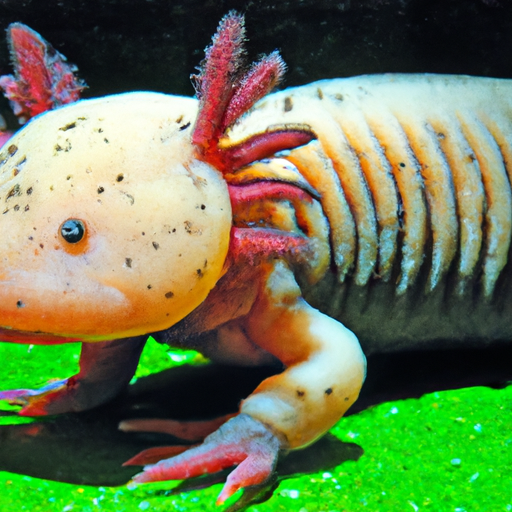
Conservation Efforts for Axolotls
Endangered status of axolotls
Despite their popularity, axolotls face a critical threat in their natural habitat. Due to habitat destruction, pollution, and the introduction of non-native species, wild axolotl populations have drastically declined. As a result, the axolotl is listed as critically endangered on the International Union for Conservation of Nature (IUCN) Red List. Conservation efforts are crucial to protect the remaining wild populations and ensure the long-term survival of this remarkable species.
Habitat preservation
Preserving the remaining wild habitats of axolotls is essential for their survival. Creating protected areas, enforcing conservation regulations, and restoring degraded habitats are some of the measures taken to conserve axolotl populations. By maintaining healthy aquatic ecosystems, we can provide a sustainable environment for axolotls and protect their natural habitats.
Breeding programs for conservation
Breeding programs play a significant role in conserving axolotls by maintaining genetically diverse captive populations. These programs aim to prevent the extinction of vulnerable or endangered morphs and provide a potential source for reintroduction into the wild if suitable habitats become available. By carefully managing breeding programs, researchers and conservationists contribute to the preservation of axolotl diversity and the protection of this remarkable species.
Axolotl Enthusiast Community
Online forums and communities
The axolotl enthusiast community is vibrant and active online, with numerous forums and groups dedicated to these captivating creatures. Enthusiasts from all over the world come together to share their experiences, advice, and knowledge about axolotls. These communities provide a platform for discussion, sharing of photos and videos, and seeking guidance on axolotl care, breeding, and morph selection.
Axolotl shows and exhibitions
Axolotl shows and exhibitions offer a unique opportunity for enthusiasts and breeders to showcase their prized axolotls and share their passion with others. These events often feature competitions, educational displays, and seminars, allowing attendees to learn more about axolotls and connect with fellow enthusiasts. Axolotl shows and exhibitions are a fantastic way to immerse oneself in the world of these captivating creatures.
Sharing experiences and knowledge
One of the most wonderful aspects of the axolotl enthusiast community is the willingness to share experiences and knowledge. Enthusiasts often document their axolotl journeys through blogs, social media, and videos, providing valuable insights into the care, breeding, and morph development of these creatures. This collective knowledge and willingness to share contribute to the continued growth and advancement of axolotl husbandry and conservation efforts.
In conclusion, the world of axolotl morphs is a fascinating and ever-evolving realm that captivates the imagination of enthusiasts and researchers alike. From the natural colors of wild-type axolotls to the rare and mutated morphs, each variation adds to the allure and charm of these aquatic creatures. Axolotls are not only unique pets but also serve as ambassadors for conservation, highlighting the importance of preserving their natural habitats. The axolotl enthusiast community provides a platform for individuals to come together, share their passion, and contribute to the ongoing understanding and appreciation of these remarkable animals. Whether you are a seasoned axolotl enthusiast or a budding admirer, exploring the world of axolotl morphs is sure to be an endlessly fascinating journey.
